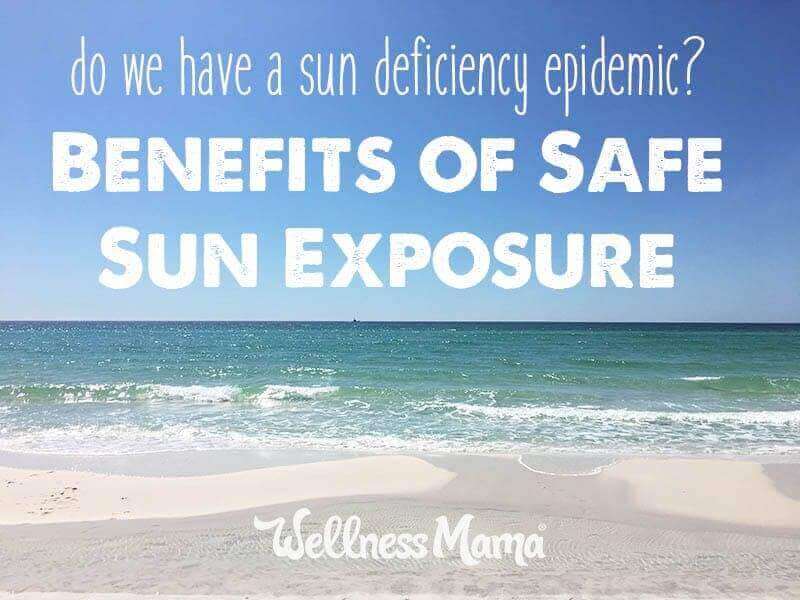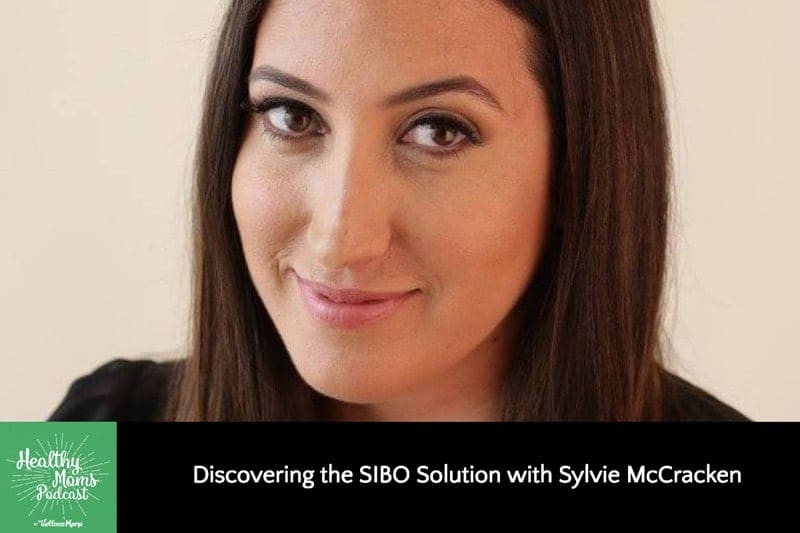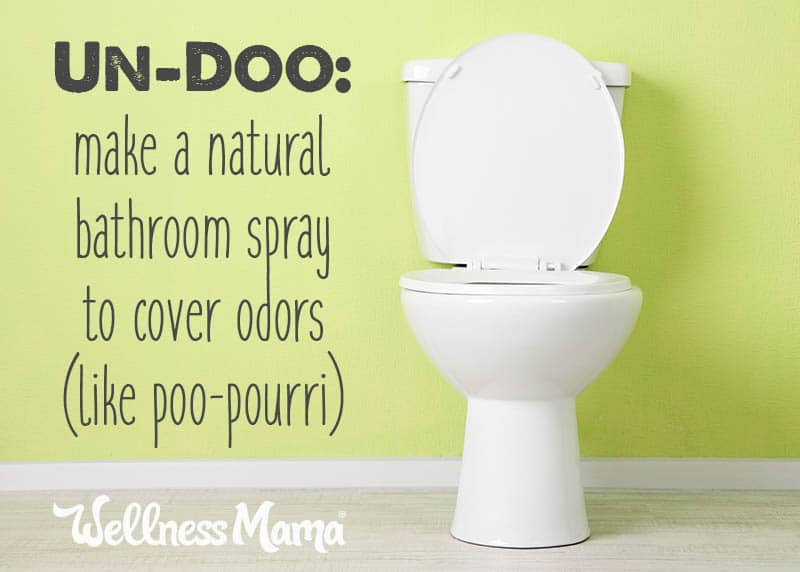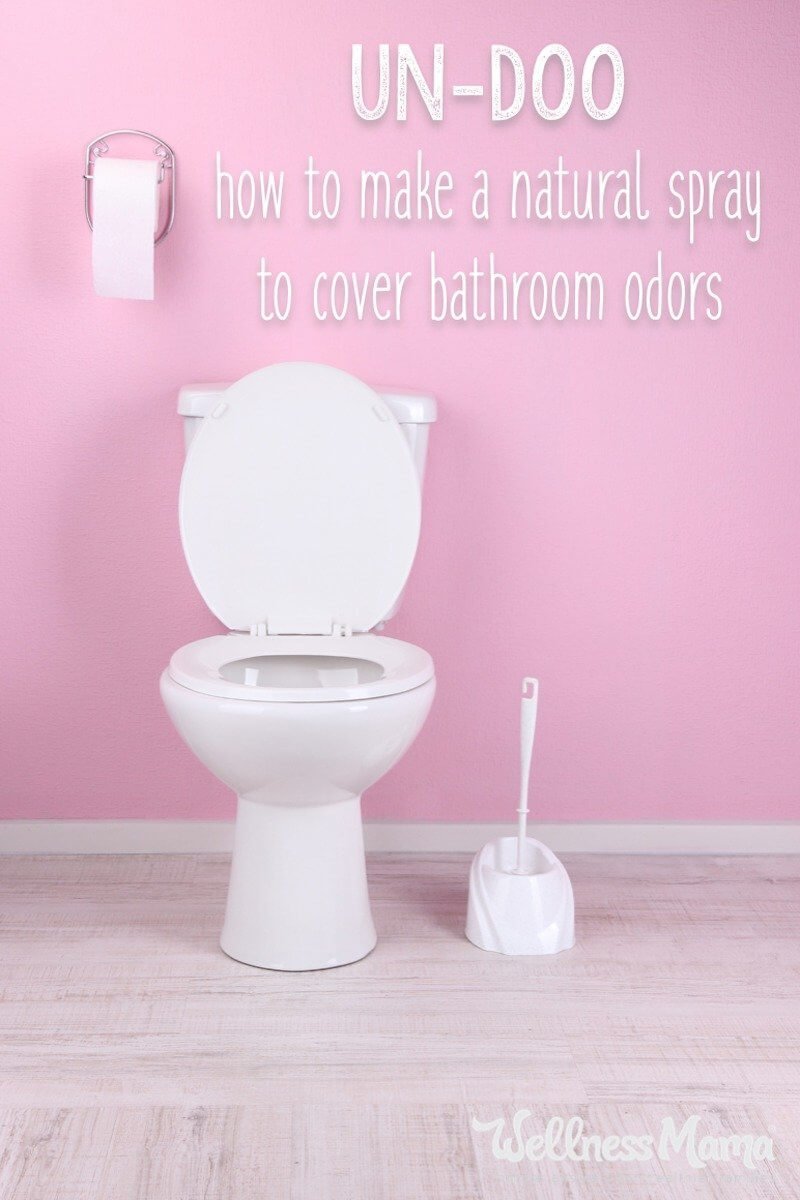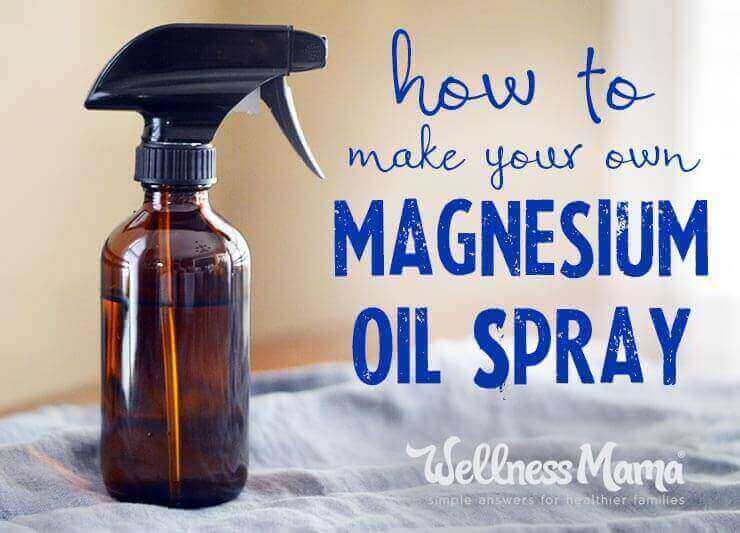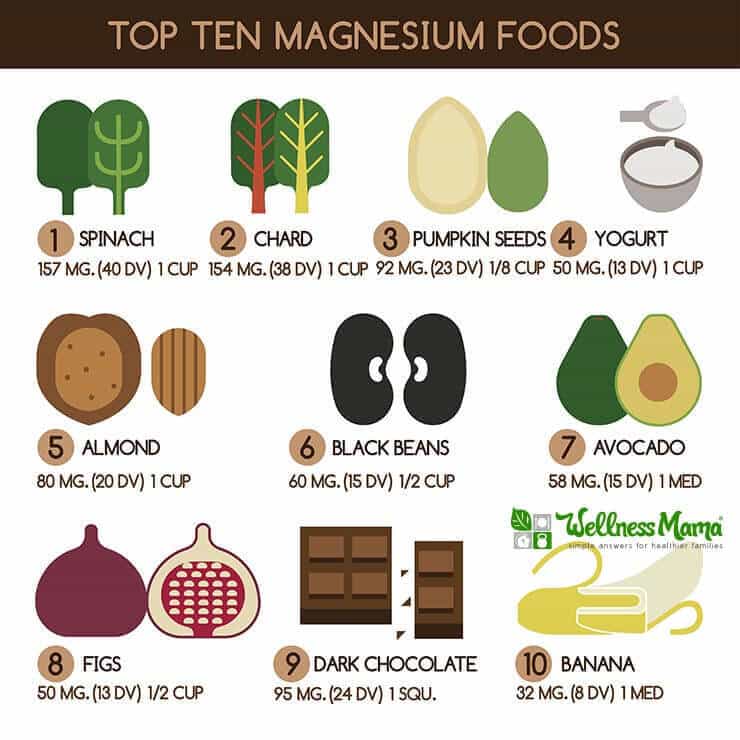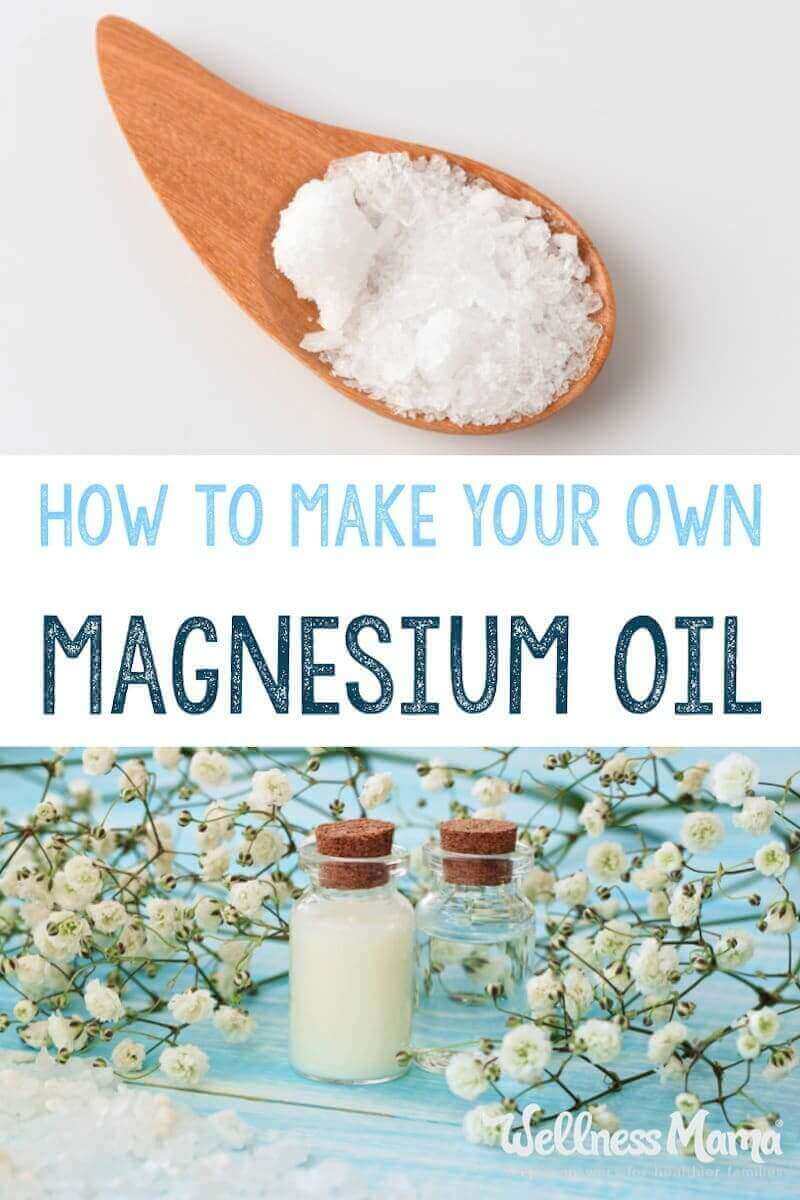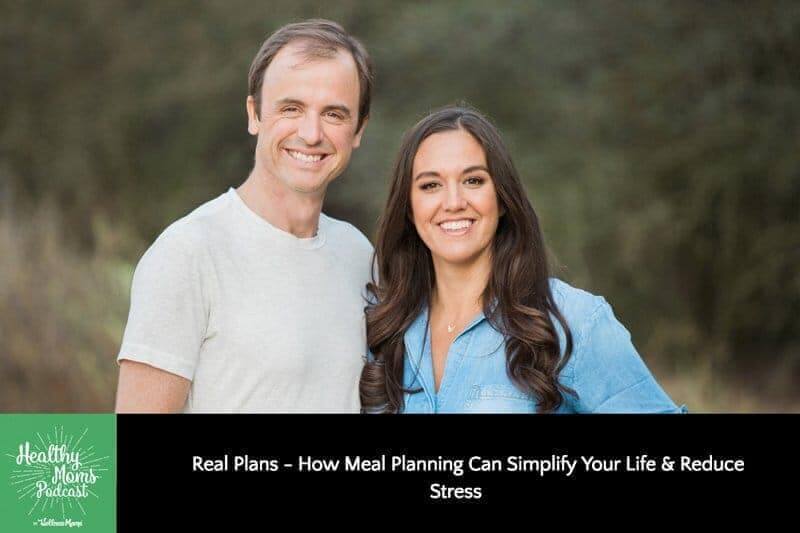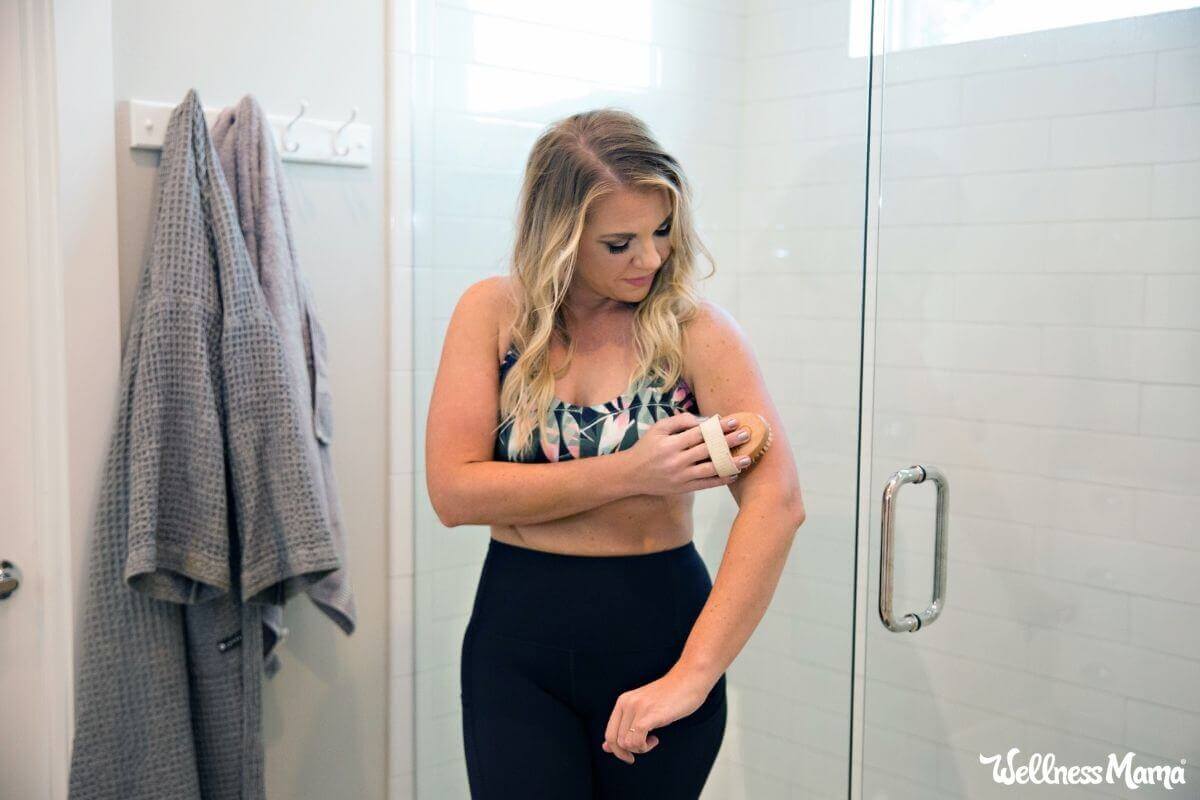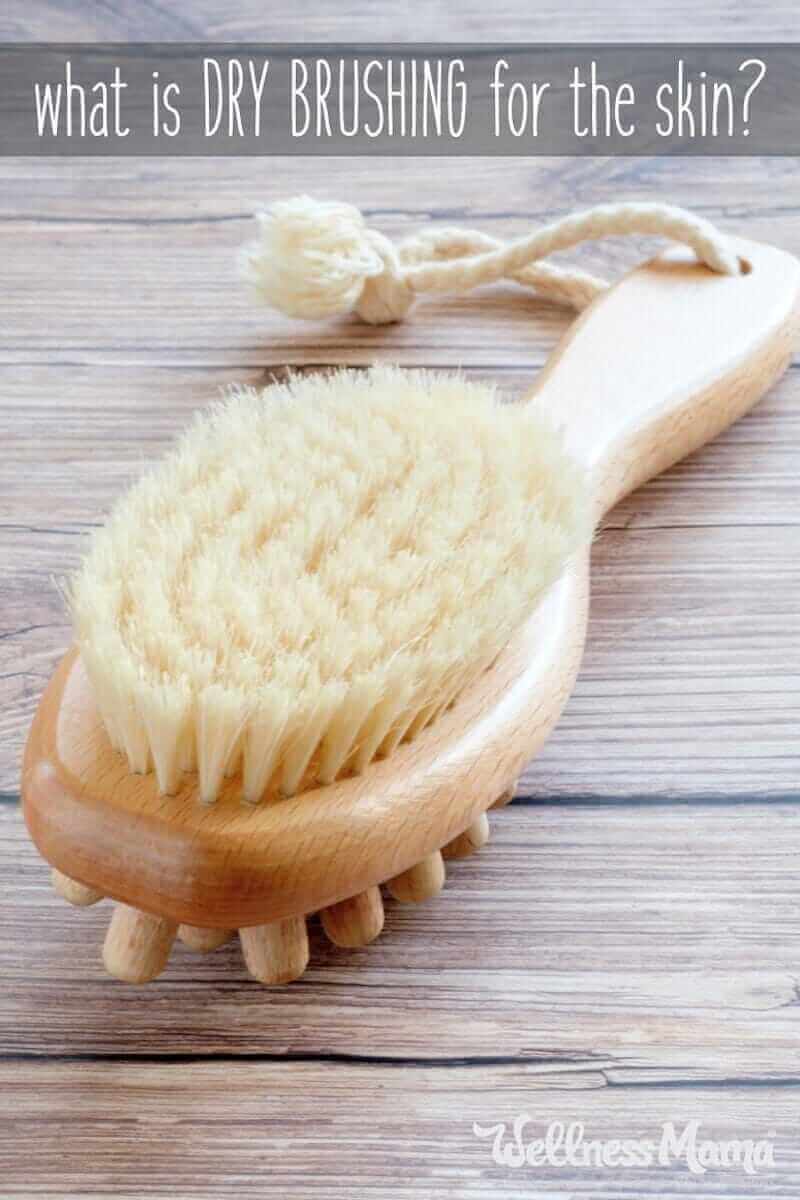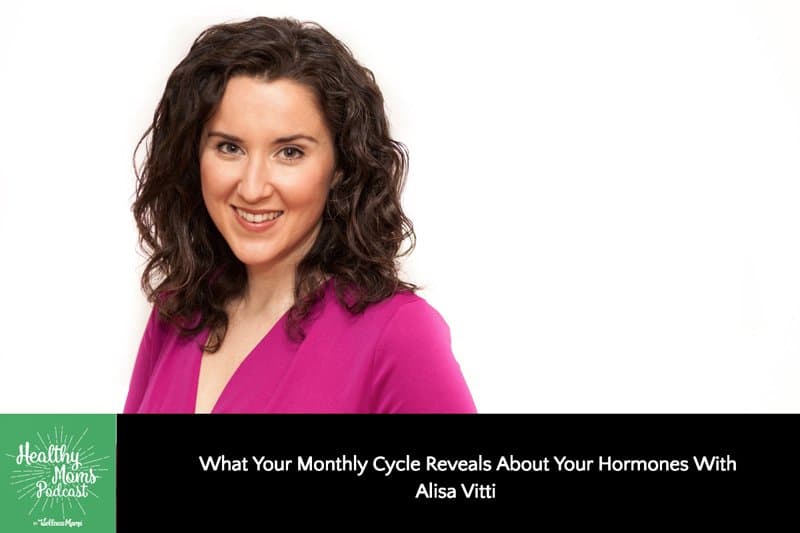
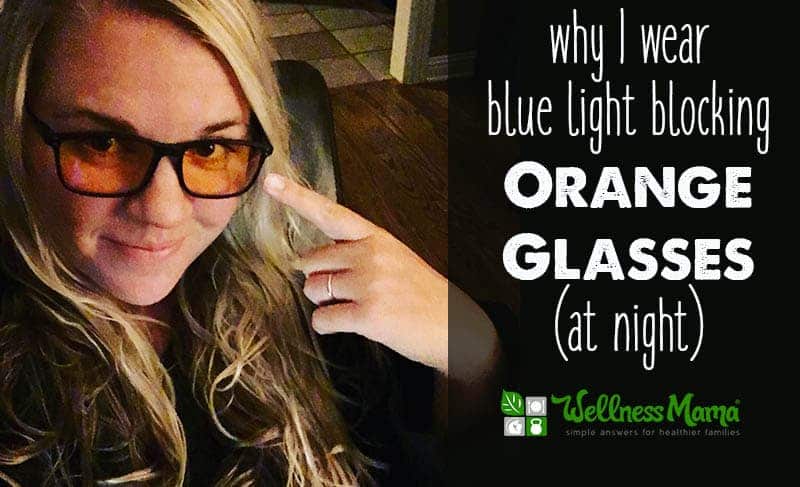
When I first started wearing blue light blocking glasses at night a few years ago (which look like orange sunglasses), they were much less common. Someone once asked me if I wore them because I have some kind of eye disease! Of course the answer was “no”, but since then, they’ve gotten much more popular…
At a restaurant recently, a waiter asked me if my orange glasses were actually blue blocking glasses and said he had some too!
What are Blue Light Blocking Glasses?
 In short, they are glasses designed to block most blue light that a person encounters after it is dark outside. Think of them as reverse sunglasses. You wear them inside instead of outside and to block artificial light, but not the sun.
In short, they are glasses designed to block most blue light that a person encounters after it is dark outside. Think of them as reverse sunglasses. You wear them inside instead of outside and to block artificial light, but not the sun.
If you look at the research, it turns out that wearing silly glasses can serve a serious purpose!
The Problem with Blue Light (After Dark)
Artificial light is still a relatively new invention to modern man, and exposure to this type of lighting may be drastically affecting our biology. For most of history, people rose and slept with the sun. Their circadian rhythm was effortlessly controlled by the light of the sun and moon.
Now, we experience light at all times of day and night. Electronics and artificial lighting emit blue light, which only occurs in nature during the brightest part of the day. So when we encounter light that would only occur in nature during the bright afternoon hours at 11:00 PM, our bodies get confused!
While light of any kind can suppress the secretion of melatonin, blue light does so more powerfully. Harvard researchers and their colleagues conducted an experiment comparing the effects of 6.5 hours of exposure to blue light to exposure to green light of comparable brightness. The blue light suppressed melatonin for about twice as long as the green light. It shifted circadian rhythms by twice as much (3 hours vs. 1.5 hours).
Reduced Melatonin
Research suggests that blue light after sunset can disrupt circadian rhythm and suppress melatonin production.
Think about it, until the invention of electric light bulbs, people relied on the sun for the majority of their light. After dark, they only used natural sources of light such as candles, campfires, and lanterns (all orange lights). With the dawn of modern electricity, we suddenly had the ability to stay up with lights on for many hours after sunset.
With computers, TVs, tablets, and phones, this use has extended even more, and these new technologies are especially high in blue light. We’re only starting to understand the affects, but we know that artificial light at night impacts cortisol patterns, melatonin, and circadian rhythm.
This is the reason that recent research found that just one week of camping away from artificial light could fix many sleep problems!
I truly believe that the next wave of medicine will involve addressing light, the gut, and sleep more comprehensively. Until then, we have to find ways to address these things ourselves. Blue light and artificial light at night have been linked to:
Disrupted Sleep
Electricity and artificial lighting have drastically changed the world. Of course, they have many benefits, but they also give us the ability to mess with our circadian rhythm and our sleep cycles.
Sleep specialist Dr. Michael Breus makes this statement in his book The Power of When:
The most disruptive event in the history of biotime occurred on December 31, 1879 with the invention of the electric light bulb.
Researchers have known for years that shift workers and those who are regularly up late at night are at a higher risk for various cancers. More recent research shows that even recreational exposure to blue light for a few hours at night can also have a negative effect.
Some researchers even promote the theory that the disruption of natural circadian rhythm from (blue) light after dark is a big contributing factor to the rise in obesity and chronic disease. (1) There is even evidence linking this disruption of the sleep cycle to higher rates of heart disease, high blood pressure and other cardiovascular problems. (2)
From Harvard Medical School:
Study after study has linked working the night shift and exposure to light at night to several types of cancer, diabetes, heart disease, and obesity. It’s not exactly clear why nighttime light exposure seems to be so bad for us. But we do know that exposure to light suppresses the secretion of melatonin, a hormone that influences circadian rhythms, and there’s some experimental evidence (it’s very preliminary) that lower melatonin levels might explain the association with cancer. (3)
Shift workers and those up after 11:00 PM seem to be especially at risk for the negative effects of blue light. Yet, research is showing that any of us who are up after dark looking at sources of blue light (TV, computer, etc.) are at risk.
When Blue Light is Beneficial
It is important to note that blue light in itself is actually a very good thing. Exposure to blue light (preferably outdoors) is important during the day to maintain proper circadian rhythm. It is only blue light at night that causes the problems. At night, blue light signals the body that it is still daytime (sunlight has a lot of blue light).
In fact, avoiding blue light during the day has been linked to depression and sleep troubles! It is important to get blue light, but only during the day when it benefits the body. I have a 10,000 lux light box (with blue light spectrum) that I use in the morning and on rainy days to help my cortisol rhythm for this reason.
The Benefits of Blocking Blue Light (at Night)
Turns out, there is a simple way to reduce most of the blue light we see at night: blue light blocking glasses.
This simple change could have big benefits, including:
Eye Protection
Dr. Mercola explains that “the benefits of blue-blocking glasses are immense and varied. In my view the primary benefit is to prevent damage to the DHA essential fat in your retinal pigmented epithelium. This is responsible for converting sunlight into vital DC electric current your body needs.”
Melatonin Production
Researchers at the University of Toronto compared the melatonin levels of two groups:
- People exposed to bright indoor light who were wearing blue-light–blocking goggles
- People exposed to regular dim light without wearing goggles.
Melatonin levels were about the same in the two groups. This strengthens the hypothesis that blue light is a potent suppressor of melatonin. It also suggests that shift workers and night owls could perhaps protect themselves if they wore eyewear that blocks blue light.
Cortisol Patterns
I notice a big difference in my sleep and my cortisol patters when I regularly wear blue light blocking glasses at night. From testing, I’ve found that my salivary cortisol pattern is drastically improved when I avoid blue light after dark.
Better Sleep
A study of 20 adults who wore either blue-light blocking or ultraviolet-light blocking glasses for 3 hours before sleep found that both sleep quality and mood improved among those in the group who wore blue-light blocking glasses, compared to the ultraviolet-light blocking group.
Help for Shift Workers
Shift workers are at especially high risk for circadian rhythm disruptions, because of their non-traditional schedules. At study from Quebec’s Universite Laval, studied nightshift workers who used blue-light blocking glasses at or near the end of their overnight shifts for 4 weeks. At the end of the study period, their overall sleep amounts increased, as did their sleep efficiency.
Mitochondria Support
There is some evidence that blue light will increase the distance of the proteins in the respiratory electron transport chain in the mitochondria. This makes them much less efficient in producing mitochondria.
How to Find Blue Light Blocking Glasses
Of all the health related changes I’ve made, this is one of the easiest and most effective! I just put on my blue light blocking glasses when the sun goes down and take them off when I go to bed.
Thankfully, there are now some great (and even trendy) blue light blocking glasses. When I first started wearing them, I could only find unattractive, hunting-type glasses (see small photo near the top of post). After trying many glasses, our family now uses these:
- Metal Blue Light Blocking Glasses: These glasses are lab-tested to block 97% of blue light. I find that they actually make it easier to see in low light and are great for computer use as well. Here’s another great metal option.
- Kids Glasses: These glasses fit our kids so they each have a pair that we keep in a basket in our living room for family movie nights and regular use after dark.
- Budget Friendly Option: I also have a pair of these really cute orange glasses that I wear around the house at night.
Other Ways to Limit & Avoid Blue Light at Night
- Reduce or avoid TV, computer, phone, etc. after dark.
- Use an app like f.lux on computers and tablets. This automatically reduces blue light on these devices after dark.
- Dim overhead lights or just use lamps with orange bulbs after dark. Our favorite way to do this is by using salt lamps to light our house at night. Bonus: They also help clean the air.
- Get bright sunlight during the day. This helps keep circadian rhythm in check and get some Vitamin D at the same time!
Sources:
1. Obesity and metabolic syndrome: Association with chronodisruption, sleep deprivation, and melatonin suppression
2. Melatonin and circadian biology in human cardiovascular disease
3. Blue Light Has a Dark Side – Harvard Medical School
4.Exposure to Room Light before Bedtime Suppresses Melatonin Onset and Shortens Melatonin Duration in Humans
5. More studies on blue light and melatonin available here.
Ever tried blue light blocking glasses? Would you wear orange sunglasses at night? Think it’s weird? Share below!
Continue Reading...Why I Wear Blue Light Blocking Glasses (at Night)
source https://wellnessmama.com/15730/blue-light-blocking-glasses/


